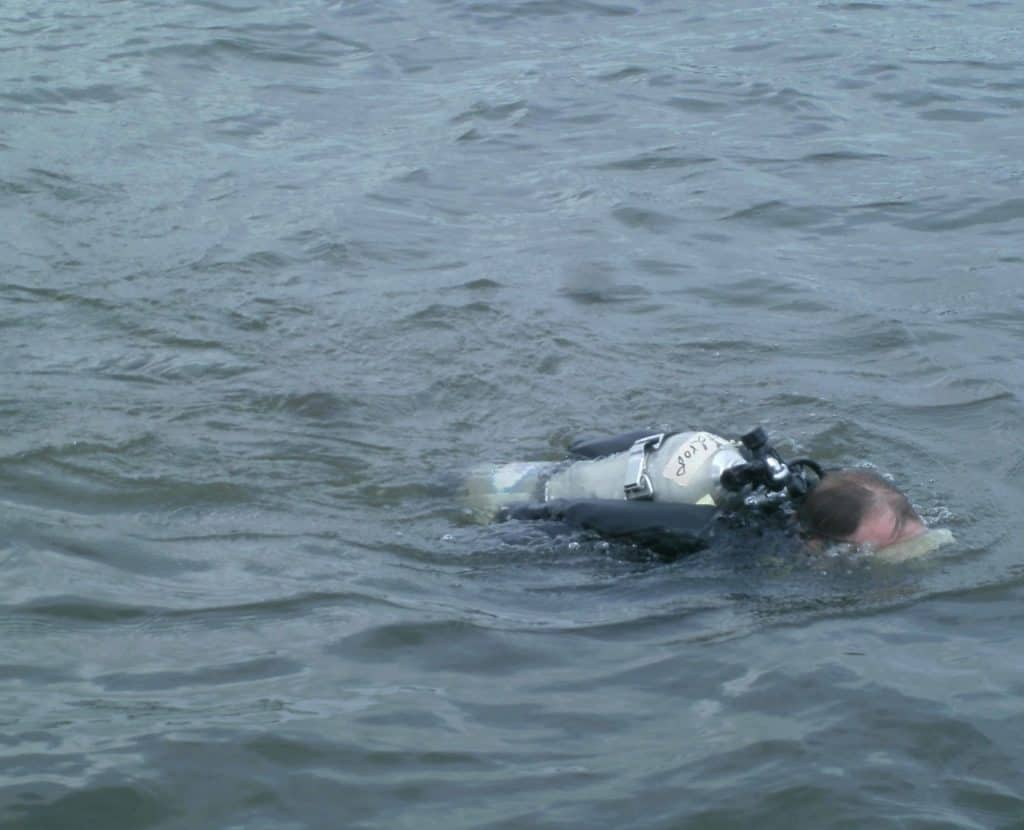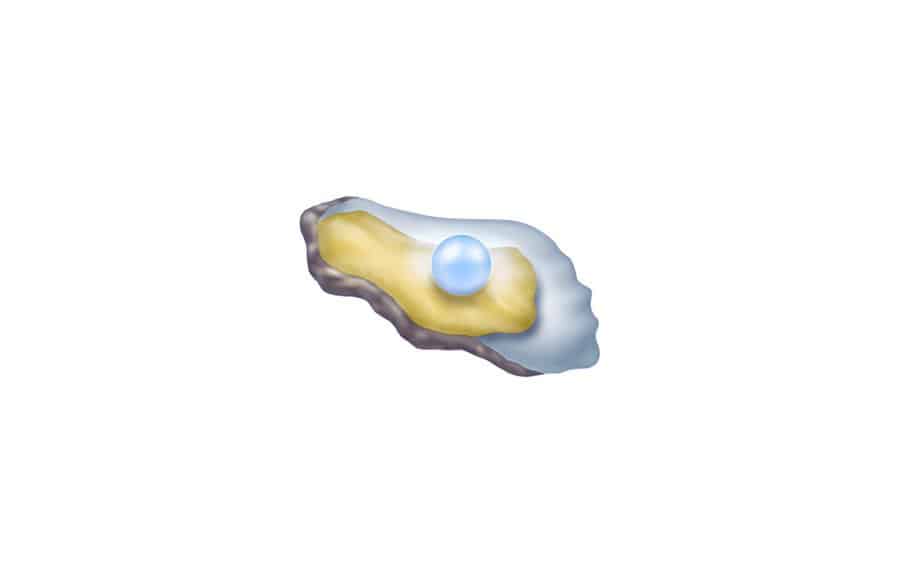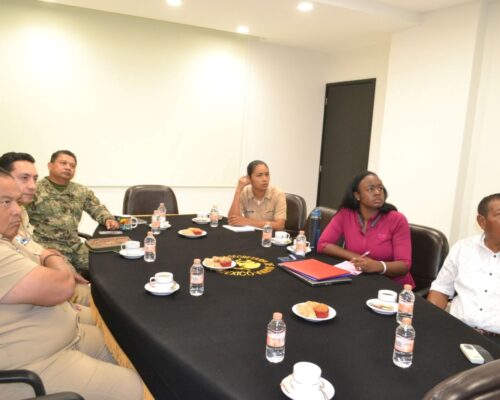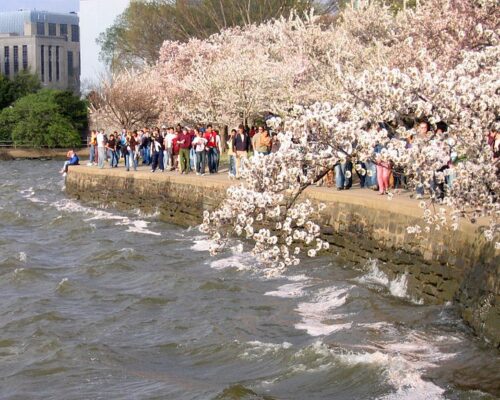Researchers have just made a major discovery in the York River: the wreckage of a previously hidden British ship from the Revolutionary War’s last major battle.
After General Charles Cornwallis surrendered in 1781, some 26 ships were sunk or scuttled in the area now nationally recognized as the Yorktown Shipwrecks. Only about ten had been identified, until now.
The newly discovered ship has been buried by oyster shells, but last Wednesday a researcher from JRS Explorations found a metal object peeking out from the river bed that turned out to be an iron cannon. The find led the team to a wooden hull that they now believe may be the Shipwright, a British transport vessel that collided with another ship, then caught fire and sank.
The discovery is a significant step in JRS Explorations’s new effort to survey, map, and identify the rich history of the Yorktown Shipwrecks. JRS just confirmed the news to Bay Bulletin on Tuesday, asking us to share the following account of their discovery:
On June 19, 2019, researchers from JRS Explorations discovered a new shipwreck within the Yorktown Shipwrecks National Register District. The wreck appears to be an armed British transport sunk during the Siege of Yorktown in 1781.
The wreck is completely buried in oyster shells, but Bill Waldrop, an experienced volunteer member of the research team, spotted a partially-buried metal object protruding a few inches above the river bed. Upon closer examination, the object proved to be an iron cannon, almost completely covered by oyster shells. On a subsequent dive Joshua Daniel, another experienced member of the team, discovered a second, and possibly a third cannon lying nearby. He and John Broadwater, the team leader, both probed into the riverbed and located what appears to be the wooden hull of a large ship, buried from one to several feet beneath the riverbed.
The new find, located near the wreck of HMS Charon, could be the Shipwright, one of two British transport vessels that were anchored and reported to have collided with Charon and were set afire and sunk. The team recovered what appears to be a piece of charred wood that needs to be further analyzed; if verified to be a piece of timber that was charred by fire, this shipwreck would be part of that missing puzzle that has eluded researchers for nearly 238 years. Mapping and identifying this wreck will be difficult due to the deep layers of oyster shells, strong river currents, and near-zero visibility.
The shipwrecks in this historic district played an important role in the Siege of Yorktown, the last major battle of the American Revolutionary War. The battle ended on October 19 , 1781 after Lord Charles Cornwallis surrendered the British army under his command. The battle was won by a combined army consisting of American Continental Army troops commanded by General George Washington, and French units commanded by Comte de Rochambeau. What many do not realize is that the battlefield in Yorktown only shares half the story, the other half remains sunken in the York River. As many as 40 or more British ships were sunk by enemy cannon fire or deliberately scuttled near shore by Cornwallis to prevent the French from landing troops on the beach behind the British position.
After nearly 238 years, JRS Explorations, Inc. is making an effort to ensure that the history buried in the York River is protected. Dr. John Broadwater, JRS Explorations vice president and chief archaeologist, an internationally known underwater archeologist, directed the Yorktown survey. John has been to the depths of Titanic with James Cameron; recovered sunken F-1 engines with Jeff Bezos from the Saturn V boosters that launched Apollo astronauts to the Moon; and oversaw the recovery of major components from the Civil War ironclad USS Monitor off the coast of North Carolina. During the 1980s John directed the excavation of the British transport Betsy from within a cofferdam (steel enclosure), recovering more than 5,000 artifacts, some of which are on exhibit today in the new American Revolution Museum at Yorktown (Virginia).
This survey was another step in JRS Exploration’s long-range research plan for this group of historically significant shipwrecks, following the very successful surveys last year. In April 2018, a sector scanning sonar survey was conducted in partnership with Portunes International, Abbott Underwater Acoustics, InterPhase Entertainment, Precon Marine, Inc., and the Watermen’s Museum, which was followed in October 2018 by investigations carried out as part of a joint training operation by emergency response teams from York and James City Counties and the cities of Newport News and Hampton.
JRS Explorations’ CEO Ryan Johnston stated, “JRS Explorations is grateful to everyone who made these investigations possible. We are accumulating valuable data that is helping shape our long-range research plan for these important shipwrecks.” Dr. Broadwater added, “The results so far have been impressive. Techniques for remotely locating and documenting shipwrecks have improved dramatically since 1975 when we first began to search for these sunken ships. These surveys are critical to our efforts to monitor the condition of the Yorktown shipwrecks and to plan our next phase of research.
Steve Ormsby, president of both JRS Explorations, Inc. and the Watermen’s Museum, said of the survey, “We are proud to support these surveys of the Yorktown shipwrecks, which are modern reminders of the cornerstone battle that led to the British colonies becoming the American nation. We hope our efforts will bring new and well-deserved attention to these shipwrecks and to the historic events that led directly to American independence.”
Looking ahead, this survey has given JRS the data they need to determine the extent of preservation and research potential of the Yorktown shipwrecks in order to develop a new management plan for preserving and exploring the sites.
Participants: JRS Explorations, Inc. – JRS Explorations, Inc. is a global exploration company focusing on both marine and land exploration that specializes in research, surveying, locating and documenting cultural and historical resources to share with the world. JRS Explorations, Inc. brings history to life, working closely with local, state, and federal governments as well as private and public foundations. JRS Explorations, Inc. has built a solid foundation and has developed a proven model that is safe and efficient. JRS Explorations, Inc. was founded by Ryan Johnston, John Broadwater, and Steve Ormsby.
The Watermen’s Museum – Located on the Yorktown, Virginia waterfront where the sonar survey took place, the mission of the Watermen’s Museum is to demonstrate the role Chesapeake Bay watermen, from pre-colonial to modern times, have played in shaping our nation. The museum provides a historical display of exhibits, crafts and methods of their trade, and a look into their lives. The museum has been involved in continuing efforts to protect and investigate the sunken fleet at Yorktown.
Team: The project was conducted by an outstanding team of skilled and experienced volunteers. Joshua Daniel, Director, Daniel Archaeological Consulting LLC (DAC) conducted the remote sensing survey and participated in the dives. DAC’s equipment for this follow-up survey consisted of a Marine Magnetics Explorer magnetometer, and a Hemisphere Global Navigation Satellite System (GNSS), a state-of-the-art global positioning system (GPS), that provided locational accuracy of a few feet. Bill Waldrop returned with his 22-foot pontoon boat, which was equipped for diving operations. A 20-foot dive support vessel was provided by Randy Pryor. Mike Nusbaum also returned for this survey.
-Meg Walburn Viviano




